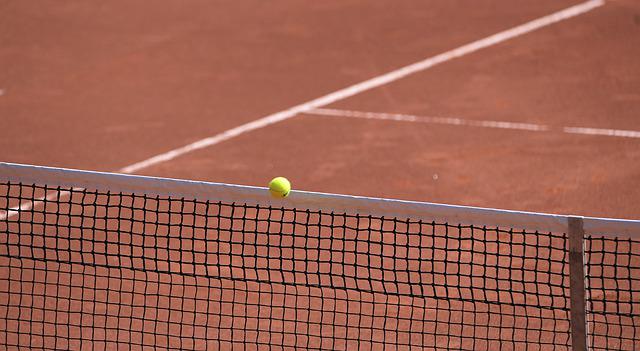For anyone who loves a good game of tennis, getting the right tennis surfacing is a must.
Different surfaces have different plus points, which suit different players. The surface can affect the speed of the game, have more or less impact on the body, or dictate the levels of maintenance required, so it’s important, if you’re having a tennis court installed, to choose the one that’s right for you.
Types of tennis surfacing
At CJ Sport Surfaces we install the following tennis surfaces, which come with some hugely popular features. Whether it’s a club court you need, or one for a private property, take a look at the advantages there are to be had from rubber and synthetic grass tennis surfacing below:
Rubber Tennis Surfaces
- Made of a layer of granular rubber with two coats of texture spray, using rubber granules and polyurethane in red or green
- Ideal for all abilities
- High level of slip resistance
- Rubber surface won’t jar joints or damage tendons
Synthetic Grass Courts
- Low maintenance alternative to grass courts
- Enables year-round, all-weather play
- Highly durable
- No need to continuously water through dry summer months
Other tennis surfaces that there are to play on include grass courts, hard courts and clay courts. Grass courts offer a nostalgic British feel and have a soft surface, although they can be very expensive to construct and maintain, being made of natural materials, and they can only be played on when the weather is fine.
Famous clubs such as the All England Club, where the Wimbledon tennis tournament is held, have people who are employed to care for the surface on a daily basis, as weather conditions can easily affect the quality of the surface.
Hard courts, which are usually made from asphalt or concrete can have a harsh impact on the joints when running on this surface. They are generally considered to create a faster game than the softer courts and are perfectly suited to people who like to hit the ball hard.
Red clay courts are popular in Europe and the softest and slowest surface to play on, which makes them kindest to your joints, although they can be prone to bad bounces and require a great deal of maintenance and watering.
Tennis surfacing repair, maintenance and installation
In addition to choosing the right tennis surfacing, when you first decide to have a tennis court installed, it’s also important to keep your tennis surfacing well maintained in the years that follow. This means keeping it clear of debris, such as trees and leaves, food and drink spills and mould and fungus as these can all lead to surface damage.
A tennis court which is allowed to fall into disrepair can take the enjoyment out of the game, not to mention making it dangerous to play on. If you take regular care of your tennis court, you’ll get the most out of its lifespan and the greatest return on your investment.
Problems which mean your tennis court is in need of repair might include torn or damaged tennis surfacing and if this is the case, then it’s time to call in the experts in tennis court maintenance and repair.
Get Your 100% FREE Quote Now
At CJ Sport Surfaces, our tennis surfacing experts have been repairing, maintaining and installing tennis courts for many years. Give us a call today to book your site visit and receive a free quote from an installation specialist. We look forward to helping improve your tennis surfacing and enabling you to get the most out of the game.

